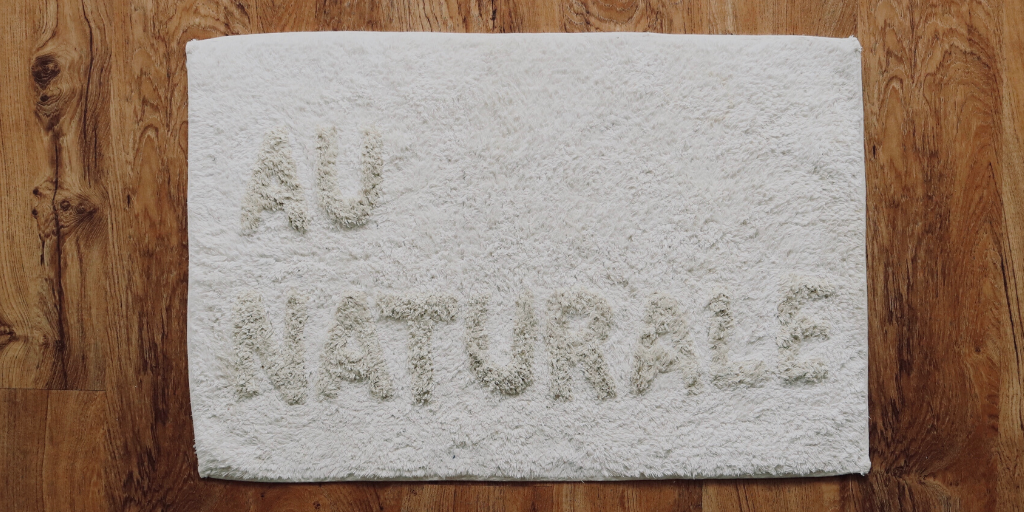
No matter the material, it is inevitable that your flooring is going to take a bit of a beating from everyday traffic, moving furniture, shoes, kids, and pets. Hardwood flooring shows this wear when scratches and small holes start to form on the surface and can be quite an eyesore. It can be far less cost-effective to hire a professional to come in and fix these small repairs, especially when this is a problem you can take on and alleviate yourself. It doesn’t matter what species of hardwood it is, whether it be maple, walnut, mahogany, bamboo, or oak; the process is generally the same and involves using some sort of filler.
Before taking steps to fill in scratches or holes, take a closer look at the imperfection. It could potentially be a stain and look worse than it really is. If possible, determine whether or not the scratches just in the Finish or goes into the wood itself. This distinction could make your job a lot easier.
Scratches that are superficial and therefore just on the surface of the hardwood flooring can typically be buffed out.
Scratches that go deeper than just the surface, will need to be fixed in the same manner you would fix holes that we will talk about below. The best way to start is to use a wax repair stick made especially for this task. Look for a color that matches your wood. If you find that the paste wax won't stick to the finish of your hardwood flooring, you will have to try another tactic.
For areas with large scratches, sand the surface down to the existing flooring and remember to always sand in the direction of the wood grain and feather out the edges to blend it with the surrounding flooring. When doing this, make sure you wear a dust mask, gloves, and a pair of goggles.
Possibly the most difficult part of repairing holes and scratches in your hardwood flooring is that you'll need to refinish that section of the flooring. If the repair is large, then you may want to wait until the entire floor needs refinishing.
Start by cleaning up the small holes with a folded piece of sandpaper, folded so that it has a pointed edge. Make sure to smooth the edges because this will make it possible for the materials to stick to the wood and not just the finish on the flooring. Use a hairdryer to blow the dust out of the hole.
Find a wood filler that matches the color of your hardwood floor then use a putty knife to put the putty into the hole a little bit at a time. Press down to make sure you fill the hole completely. make sure to read the manufacturer's instructions to see how long to wait for the putty to dry thoroughly. It can take as long as 24 hours. Then use sandpaper to smooth the surface until it's level with the surrounding floor.
If you use a filler that accepts stain, use a sponge brush to apply stain to the area where you just filled the holes. Let the stain dry completely for 24 hours then apply two coats of polyurethane gloss, once again using the sponge brush then allowing to dry overnight.
Keep the area blocked off for two days while the floor cures completely before using it again.